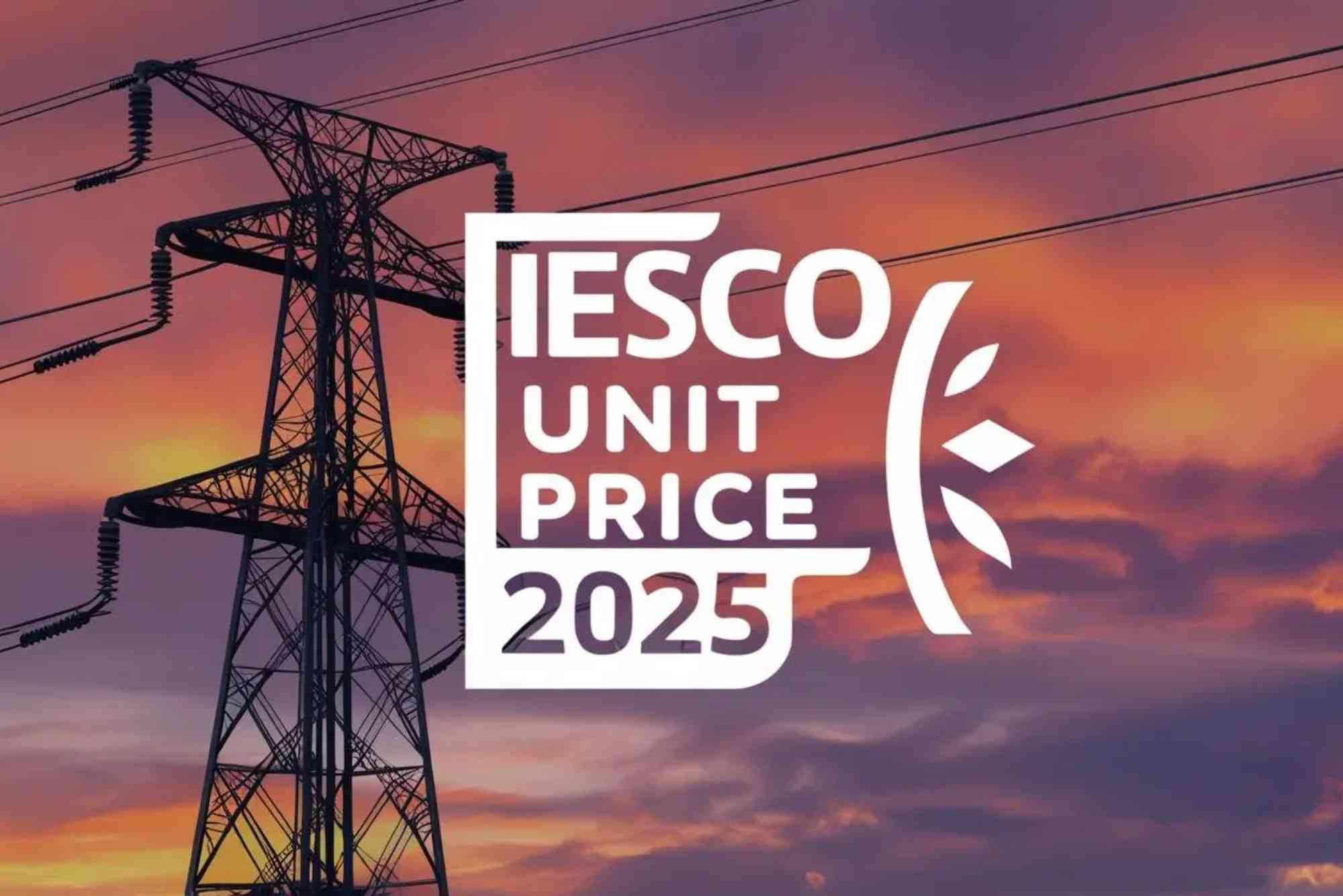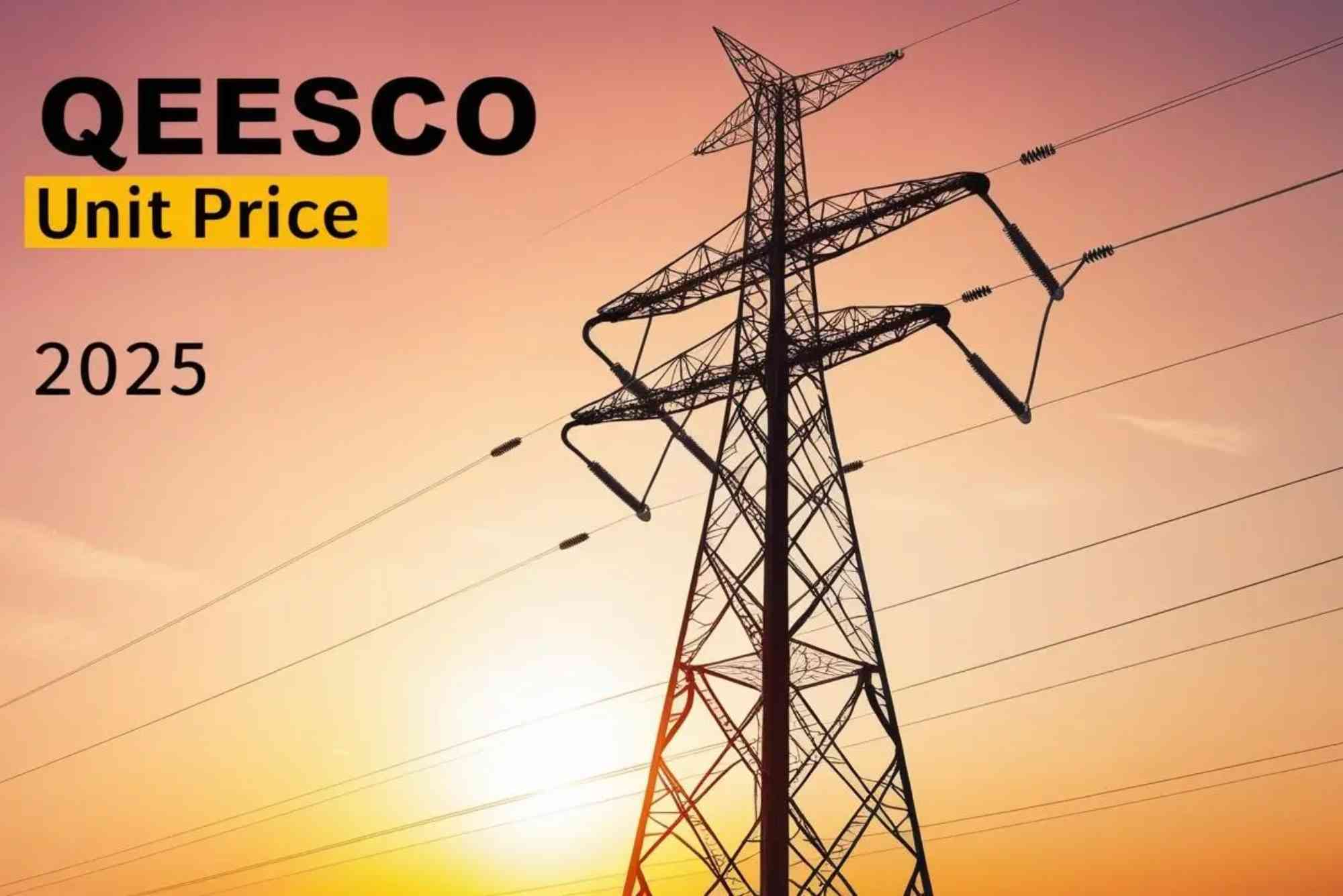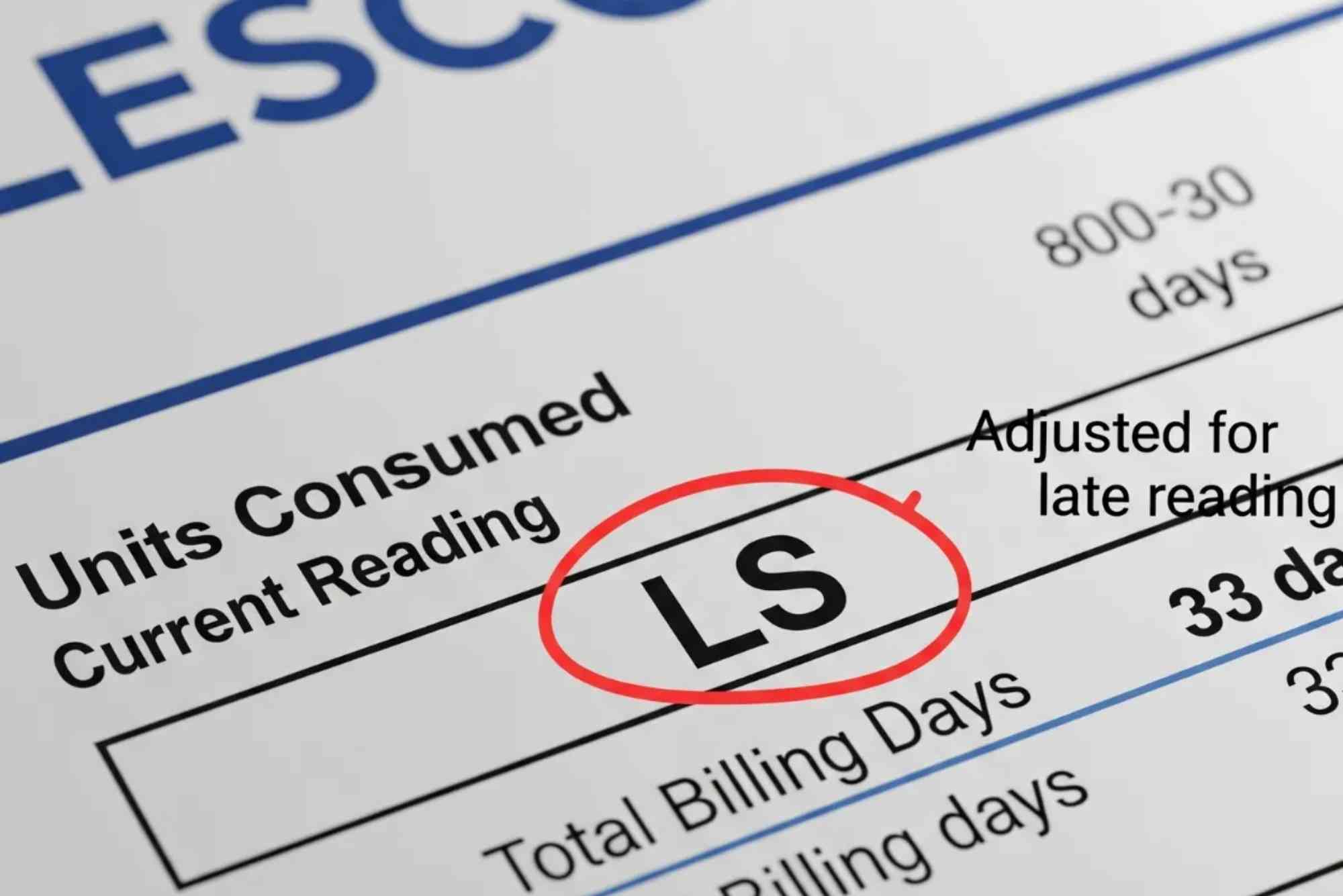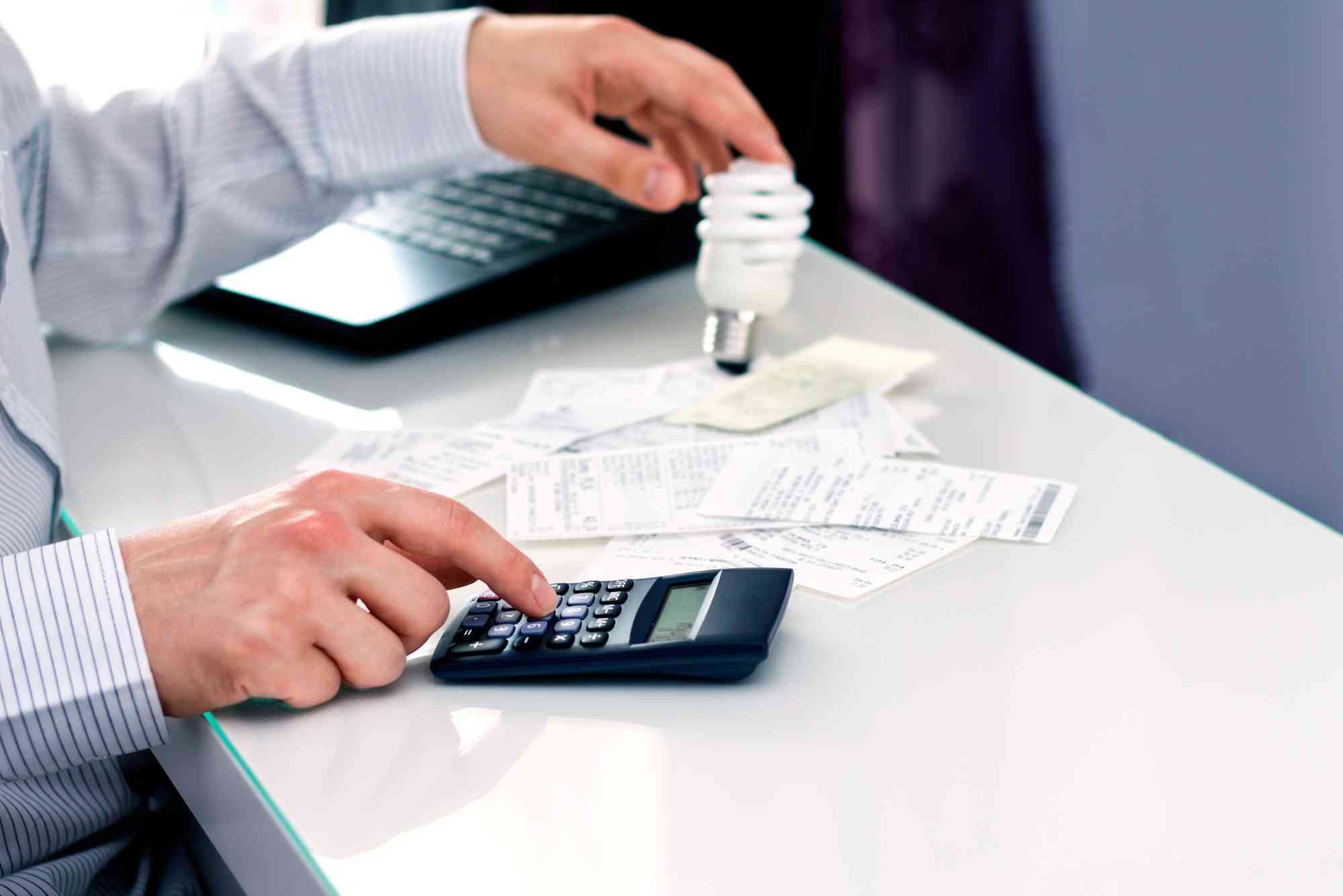IESCO Electricity Tariff and Unit Rates Explained
Understanding electricity bills in Pakistan can feel overwhelming, especially with frequent tariff revisions and taxes. For many households in Islamabad and Rawalpindi, the most common question is simple: What is the actual IESCO per unit rate? Yet the answer depends on billing slabs, usage patterns, subsidies, and seasonal adjustments. This detailed guide explains IESCO tariffs clearly so you can understand your electricity bill, manage consumption wisely, and avoid surprises at the end of the month.
If you ever need to check your latest monthly bill or verify your due amount, you can instantly access it through the IESCO Online Bill Check service available at the internal link on bijlipk.com, and for other companies, you can also use their Online Bill Check system on the same platform. But before you do, let’s break down how your unit rates actually work.
What Is the IESCO Per Unit Rate?
The IESCO per unit rate is the amount that Islamabad Electric Supply Company charges for each kilowatt-hour (kWh) of electricity you consume. However, it is not a fixed cost. Instead, IESCO follows a slab-based tariff structure set by NEPRA and the Government of Pakistan. This system charges different rates depending on how many units you consume within a billing cycle.
Because of this slab system, two households using different amounts of electricity will pay different per-unit prices, even if they live next door. Additional charges such as taxes, surcharges, fuel adjustments, and duties further influence the final bill.
To understand this better, we must look at how IESCO divides consumption slabs.
Residential Tariff Structure and Unit Rates
For residential consumers, the tariff is divided into multiple slabs, each with a different unit cost. Lower slabs are subsidized, while higher slabs carry progressively increased rates. This system encourages responsible energy usage.
The first slab usually carries the lowest rate, allowing low-income and low-usage households to pay less. However, the moment your consumption crosses into the next slab, the unit cost increases accordingly. This creates a cascading effect where higher consumption significantly increases the total bill.
If you notice a sudden jump in your bill even when usage seems similar, it is often because your consumption crossed a slab threshold. Understanding this helps you manage usage more smartly.
Commercial and Industrial Tariffs
Commercial consumers pay higher per-unit rates because their electricity usage is considered a business activity. Their tariff system is not slab-based. Instead, it is a uniform or category-based structure. Industrial and agricultural consumers follow additional rules, often involving peak and off-peak rates.
These consumers may also encounter demand charges (kW-based), power factor penalties, and fuel adjustment surcharges at a larger scale. For households, these terms appear smaller but still affect the total amount.
Peak and Off-Peak Unit Rates for TOU Meters
If your home or business uses a Time-of-Use (TOU) meter, your IESCO per unit rate varies by time of day. Electricity is more expensive during national peak hours because demand is highest. Off-peak hours, usually overnight or early morning, have significantly cheaper rates.
Choosing energy-efficient habits like running heavy appliances at night can dramatically reduce your bill if you have a TOU meter installed. Many consumers choose TOU meters specifically for this reason.
Taxes Added to the IESCO Bill
Your electricity bill includes much more than just the per-unit rate. Multiple taxes and surcharges increase the final payable amount. Common charges include fuel price adjustments, quarterly adjustments, GST, FPA, TV fees, and meter rent.
Each of these charges plays a role in increasing the overall cost even if your unit consumption is low. This is why you may notice bills increasing even when your usage remains stable—tax changes or fuel adjustments can push the total up.
Understanding these charges helps you better evaluate your monthly bill instead of assuming that the per-unit rate alone is responsible.
Fuel Price Adjustment (FPA)
One of the biggest variables affecting IESCO bills is the Fuel Price Adjustment. FPAs depend on the monthly difference in fuel costs for power generation. When fuel is expensive, the adjustment amount increases; when fuel prices drop, FPA goes down.
Many users see sudden increases in their bills during months with high FPAs. This is normal and affects consumers nationwide, not just IESCO customers.
Quarterly Tariff Adjustment (QTA)
Every three months, NEPRA issues quarterly adjustments in line with production and distribution costs. QTAs may cause an increase or slight decrease in bills depending on the quarter.
QTAs apply to all slabs, so even low-usage households may feel the impact. This is another reason the IESCO per unit rate fluctuates over time.
Understanding Subsidies and Their Impact
Subsidies help make electricity affordable, especially for low-income households. The government sometimes revises subsidy rules, affecting how much consumers pay. Certain slabs receive government subsidies, while others are charged full cost.
If subsidies are reduced or removed, your bill may rise even if your consumption stays constant. Many consumers misunderstand this and blame tariff changes, but subsidies play a major role in determining your effective rate.
How to Calculate Your IESCO Bill Manually
You can calculate your bill by multiplying your monthly units by the per-unit rate of your slab. After that, add fixed charges, taxes, the FPA, and other adjustments.
Although it takes time, manual calculation helps you understand how much each slab and tax contributes to your final bill. Many consumers do this to avoid bill shocks and track usage patterns.
If you want to verify your bill instantly without calculation, you can use the quick IESCO Online Bill Check service. It gives you your bill, due date, and total amount in seconds.
Common Mistakes Consumers Make
Many people assume their electricity bill is inaccurate simply because it appears high. In most cases, the cause is a slab jump, additional taxes, or heavy appliance usage during peak hours. Another common mistake is ignoring minor issues like running fans, chargers, or stabilizers 24/7.
Misunderstanding the peak hours is another major reason for unexpectedly high bills. When heavy appliances run during peak hours, the cost increases significantly.
Understanding tariff rules and monitoring consumption throughout the month can help you avoid these mistakes.
How to Reduce Your Electricity Bill
Even without cutting comfort, you can reduce your bill by changing a few habits. Using energy-efficient appliances, scheduling heavy usage at night, turning off unnecessary devices, and maintaining your wiring can have a noticeable impact.
Some consumers also switch to solar solutions to offset electricity costs. Even partial solar systems can reduce your grid consumption and keep you within lower slabs, helping you pay less per unit.
Monitoring your bill regularly using Online Bill Check platforms helps you track monthly trends and adjust usage before the bill becomes too high.
Seasonal Variations in IESCO Tariffs
Electricity demand is higher in summer, pushing consumers into higher slabs. ACs, fridges, and fans increase consumption, which can lead to higher bills even with moderate usage.
In winter, gas shortages force many people to use electric heaters and geysers, again raising consumption. Understanding these seasonal patterns can help you predict and manage your future bills.
Why Your IESCO Bill Keeps Increasing
Bills increase for various reasons besides consumption: fuel price hikes, reduced subsidies, higher taxes, and quarterly adjustments. This is why two bills with similar unit usage can look very different when compared months apart.
It is important to check your bill regularly and stay informed about tariff updates. You can always rely on official channels and trusted platforms such as IESCO Online Bill Check to verify your billing information.
(FAQs)
What is the current IESCO per unit rate for residential consumers?
The unit rate varies by slab. Lower slabs are cheaper, and higher slabs cost more. Fuel and tax adjustments also affect final rates.
Why does my electricity bill increase even with lower usage?
Fuel price adjustments, quarterly adjustments, and taxes can increase your bill even when consumption decreases.
How can I check my IESCO bill online?
You can instantly view your bill using the IESCO Online Bill Check service available through the internal link provided.
What is the difference between peak and off-peak rates?
Peak hours have higher rates due to demand. Off-peak hours offer cheaper rates, especially for TOU meter users.
Why do tariffs change so frequently?
Tariffs change due to fuel costs, economic adjustments, government policies, and quarterly NEPRA updates.
Understanding the IESCO per unit rate helps you manage your electricity consumption and avoid unexpected bills. Once you know how slabs, taxes, fuel adjustments, and seasonal patterns work, it becomes easier to take control of your monthly expenses. Stay informed, use energy wisely, and always monitor your bill through reliable sources. For quick access to your latest bill, simply use the IESCO Online Bill Check service on bijlipk.com. It’s fast, accurate, and always available.
If you found this guide helpful, explore more energy-saving tips and billing tools online and stay updated on tariff changes to manage your electricity costs better.
















